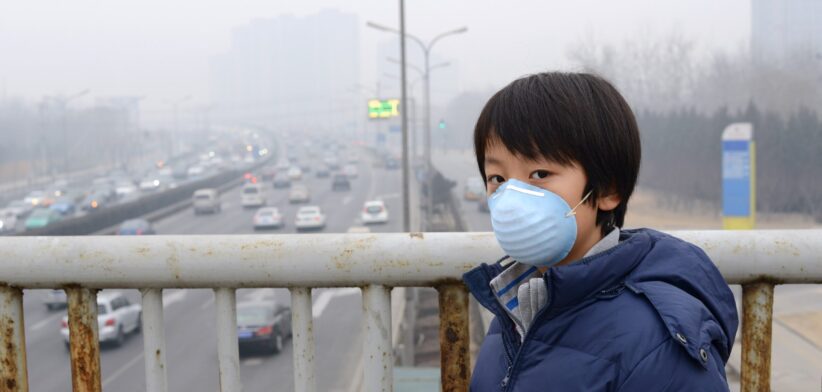A multi-continent global study has found air pollution impacts the development of a child’s brain even at levels below government standards.
A University of California, Davis, research team analyzed 40 empirical studies, the majority of which had found that outdoor air pollution was associated with differences in children’s brains.
Associate Professor Camelia Hostinar said these differences included volumes of white matter, which was associated with cognitive function, connections throughout the brain and even early markers for Alzheimer’s.
“Even pollution levels that are below government air-quality standards are associated with differences in children’s brains,” Associate Professor Hostinar said.
She said children and teens were especially vulnerable to air pollution because their brains and bodies were still developing.
“They tend to spend more time outdoors, and their bodies absorb more contaminants relative to their bodyweight than adults.”
Associate Professor Hostinar said the study surveyed 40 published, peer-reviewed studies that all included measures of outdoor air pollution and brain outcomes for children at various ages, from newborns up to 18-year-old adults.
She said the majority of the studies came from the United States, Mexico and Europe, with one each from Asia and Australia.
“Studies from Mexico City that compared children from high- and low-pollution areas found significant differences in brain structure.”
Each study included measures of air pollution linked to the child’s address or neighbourhood, which showed that the children’s brain differences were observed in places with high levels of air pollution as well as places that met local air pollution standards.
“A lot of these studies include children in places with air pollutant levels that are well below limits set by U.S. or European regulations.”
Associate Professor Hostinar said the review proposed steps for both parents and policymakers to protect children from outdoor air pollution by, for example, adding air filters to homes and schools near freeways.
“We listed air purifiers as one of the policy recommendations, and that is something that could be subsidized or provided in schools and other places where children spend a lot of time,” said Hostinar.








